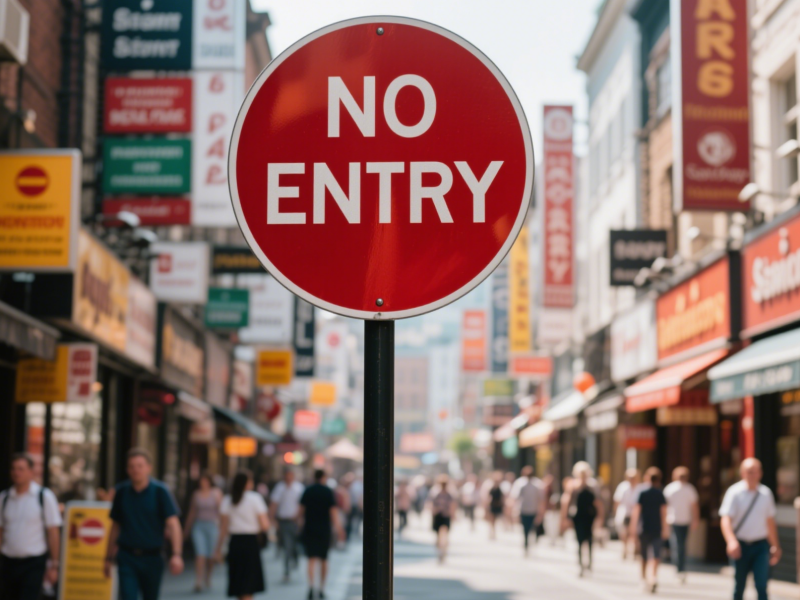Traffic signs comprise aluminum plates, slides, backings, rivets, and reflective films. How do you connect the aluminum plates to the backings and stick the reflective films on? There are many things to note. Below, Qixiang, a traffic sign manufacturer, will introduce the entire production process and methods in detail.
First, cut the aluminum plates and aluminum slides. The traffic signs should comply with the provisions of the “Dimensions and Deviations of Aluminum and Aluminum Alloy Plates”. After the traffic signs are cut or cut, the edges should be neat and free of burrs. The size deviation should be controlled within ±5MM. The surface should be free of obvious wrinkles, dents, and deformations. The flatness tolerance within each square meter is ≤ 1.0 mm. For large road signs, we try to reduce the number of blocks as much as possible, and no more than 4 blocks at most. The signboard is spliced by butt joint, and the maximum gap of the joint is less than 1MM, so the joint is reinforced with a backing, and the backing is connected to the connecting signboard with rivets. The spacing of the rivets is less than 150 mm, the backing width is greater than 50mm, and the backing material is the same as the panel material. If the rivet marks are obvious after the aluminum plate is spliced, the reflective film at the joint is prone to zigzag cracks. First, the aluminum plate at the rivet location is dimpled according to the size of the rivet head. After the rivet is driven in, the rivet head is smoothed with a grinding wheel, which can solve the problem of obvious rivet marks.
The back of the signboard is oxidized to make its surface dark gray and non-reflective; in addition, the thickness of the signboard should be made according to the design drawings and specifications. The length and width of the signboard are allowed to deviate by 0.5%. The four end faces of the signboard should be perpendicular to each other, and the non-perpendicularity is ≤2°.
Then drill the aluminum slide and rivet the signboard. The riveted sign surface is cleaned, dried in the sun, and finally processed, The base film and word film are typed, engraved, and pasted. The shape, pattern, color, and text on the traffic sign, as well as the color and width of the substrate of the outer edge of the sign frame, must be strictly implemented under the provisions of “Road Traffic Signs and Markings” and drawings. In addition, when pasting the reflective film, it should be pasted on the aluminum plate that has been cleaned, degreased, and polished with alcohol in an environment with a temperature of 18℃~28℃ and a humidity of less than 10%. Do not use manual operation or use solvents to activate the adhesive, and apply a protective layer on the outermost layer of the sign surface.
When seams are inevitable when pasting reflective film, the upper side film should be used to press the lower side film, and there should be an overlap of 3~6mm at the joint to prevent water leakage. When pasting the film, extend from one end to the other, remove the film and seal it while pasting, and use a pressure-sensitive film machine to compact, flatten, and ensure there are no wrinkles, bubbles, or damage. The board surface must not have uneven regression reflection and obvious color unevenness. The words engraved by the computer engraving machine are placed on the board surface according to the drawing requirements, and the position is accurate, tight, flat, without tilt, wrinkles, bubbles, or damage.
As a professional traffic sign manufacturer with more than ten years of industry experience, Qixiang has always taken “precise guidance and safety protection” as its mission, focusing on the research and development, production, installation and service of traffic signs, and providing full-chain identification solutions for national roads, parks, scenic spots and other scenes. If you have purchasing needs, please contact us!
Post time: Apr-30-2025







